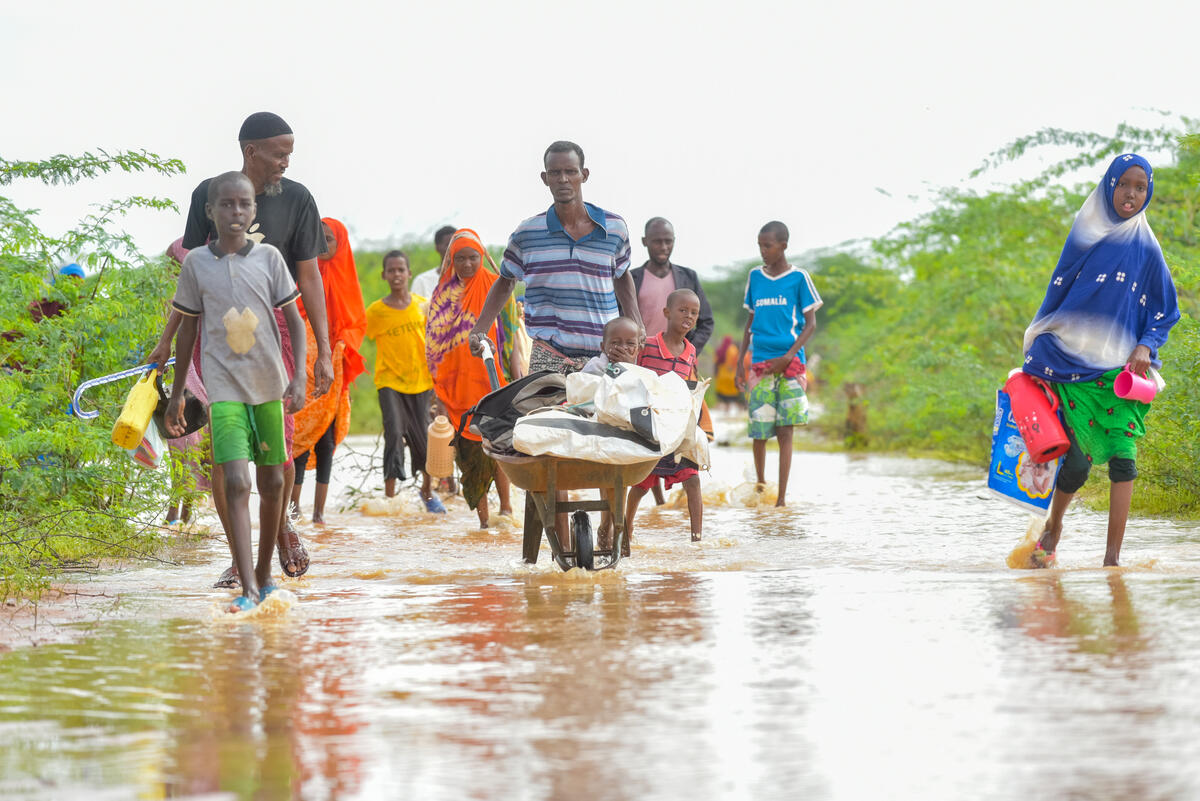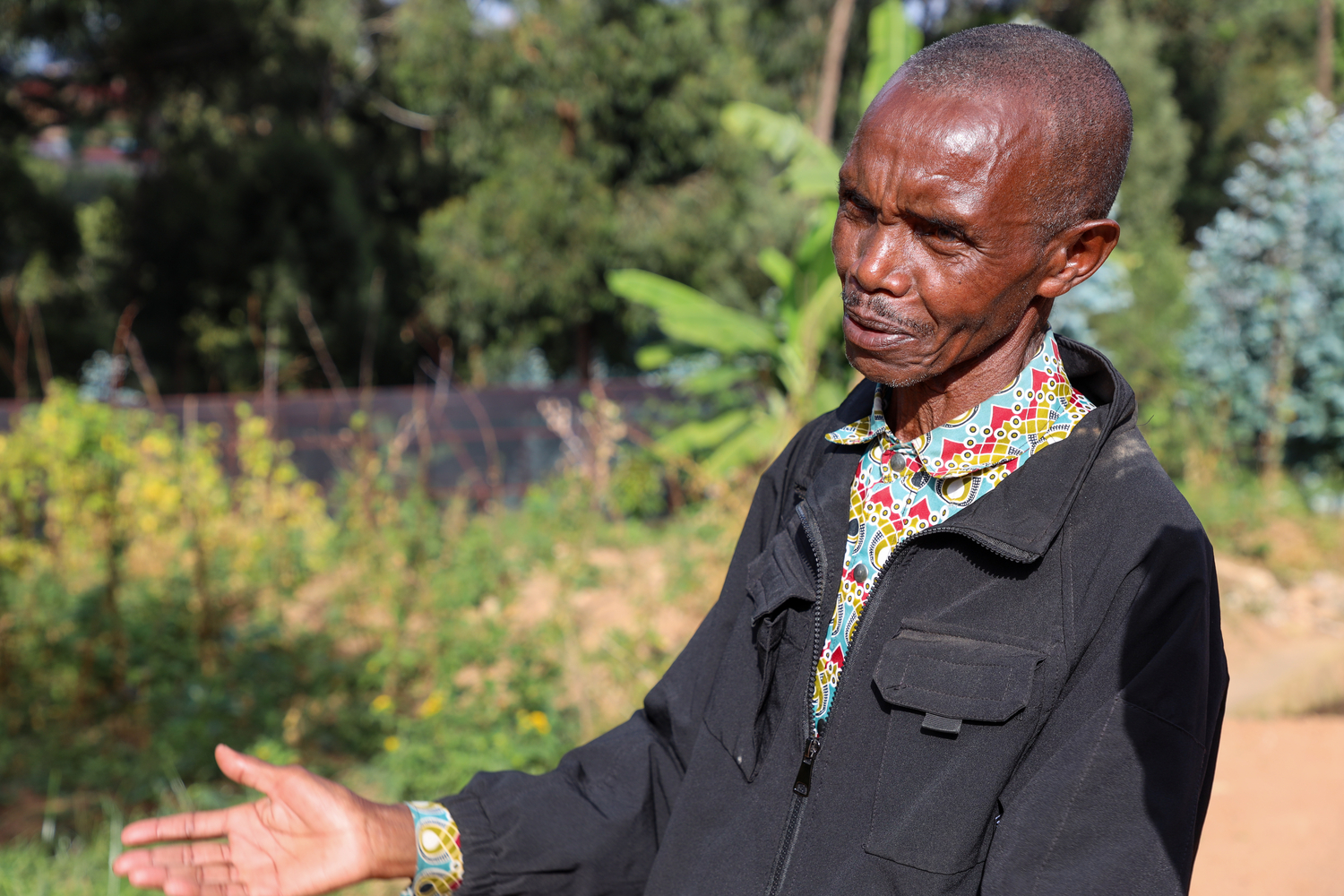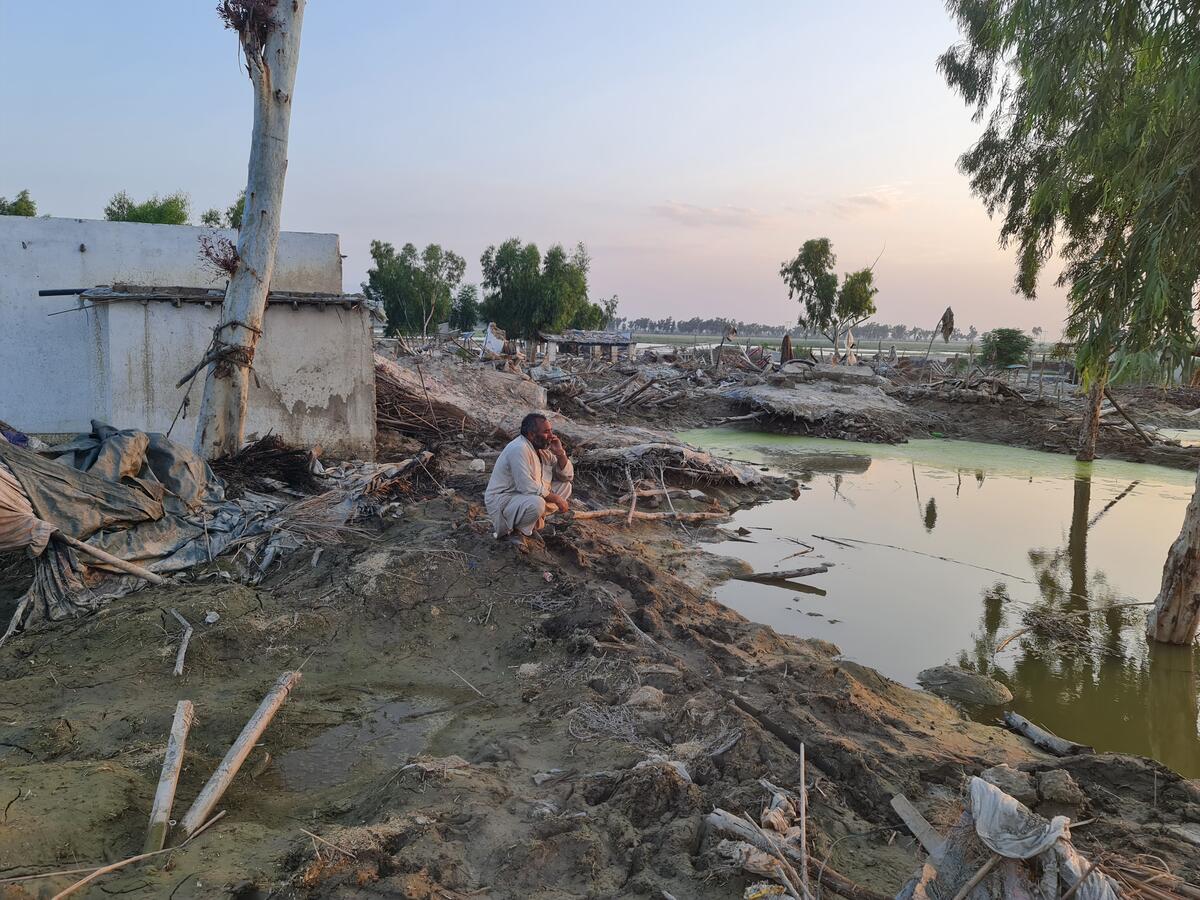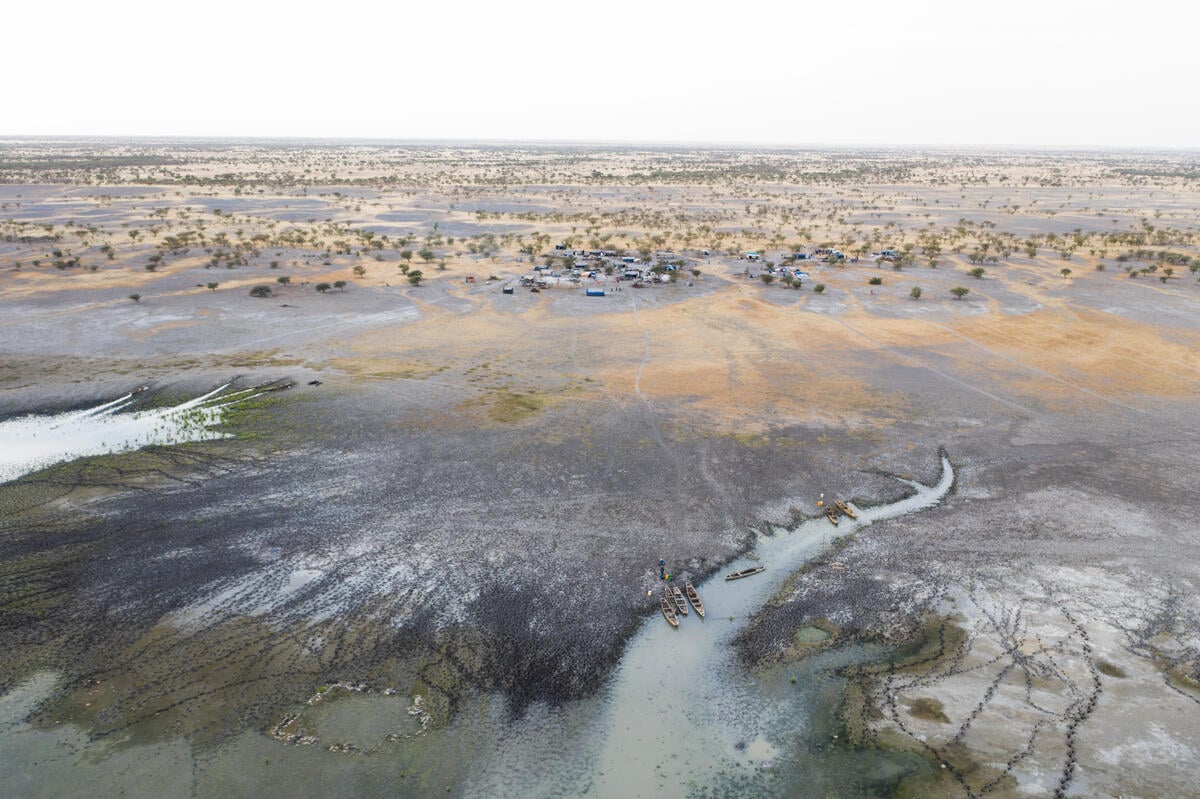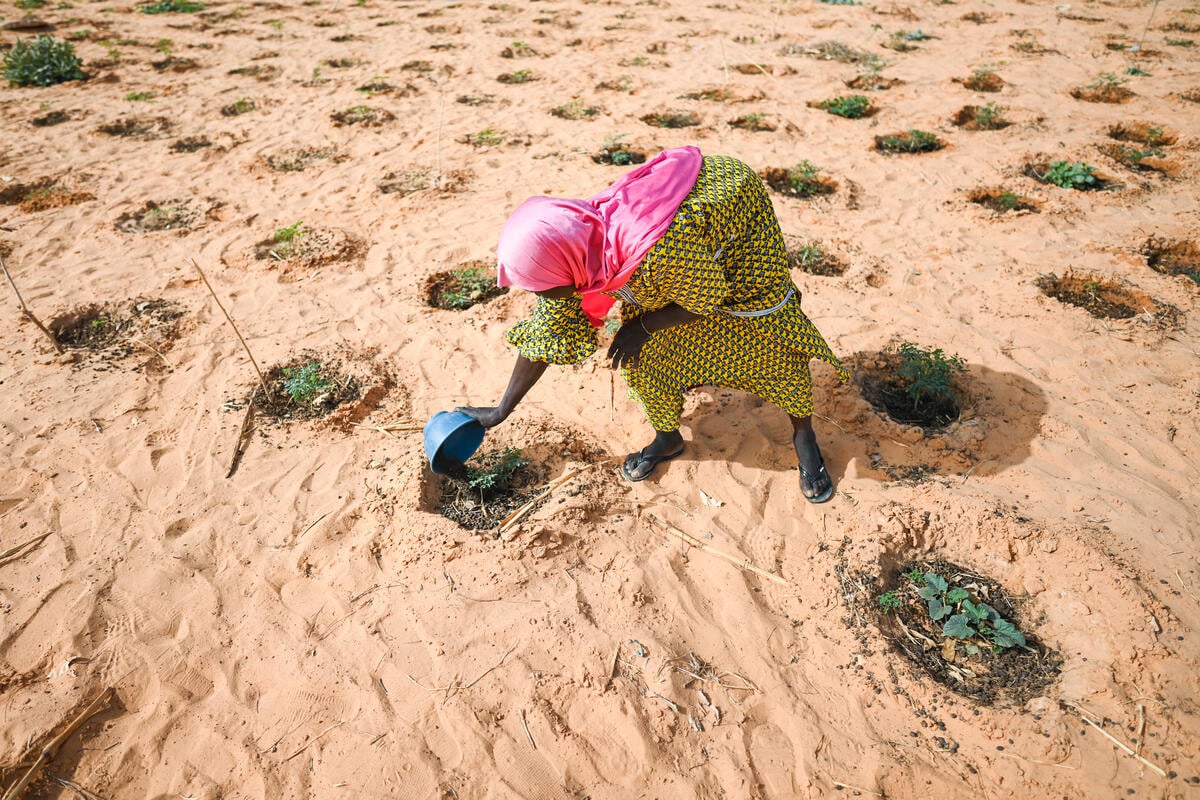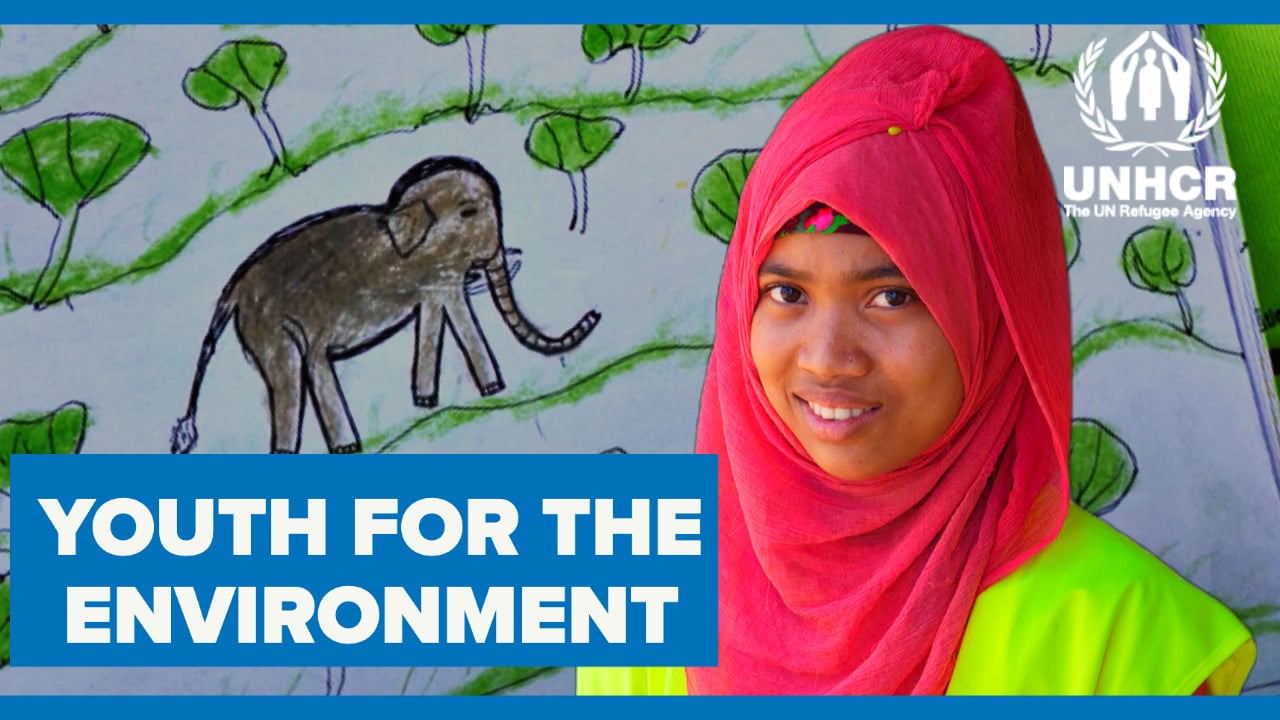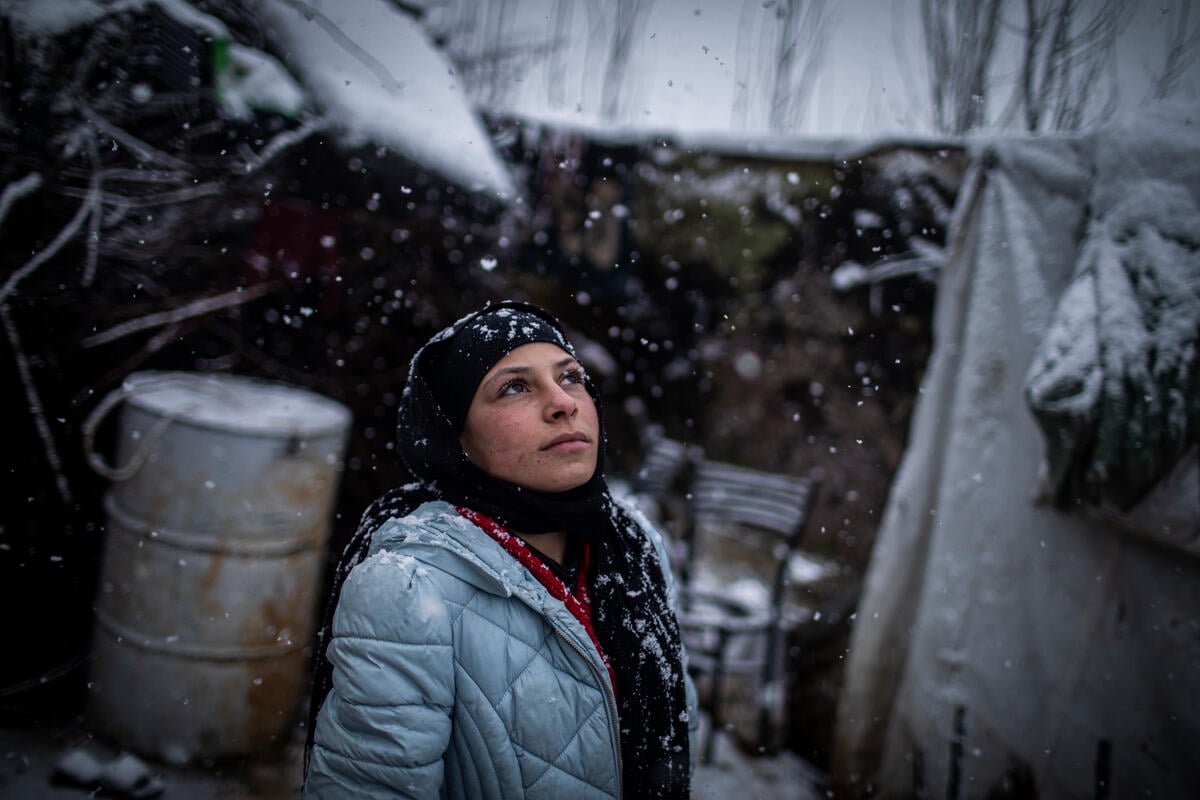COVID-19 crisis offers lesson on climate response for refugees
The COVID-19 pandemic can be seen as a test case for the world’s emergency preparedness to respond to the impacts of climate change, particularly on the most vulnerable populations such as refugees and internally displaced people, a virtual meeting hosted by UNHCR, the UN Refugee Agency, heard on Wednesday.
“COVID has really woken us up and shown that some emergencies will affect us all globally, and we must work together to solve them,” UNHCR’s Assistant High Commissioner for Protection, Gillian Triggs, told participants in an online session of the annual High Commissioner’s Dialogue on Protection Challenges.
Unlike the current pandemic, however, which has seen governments swiftly adopt measures to control its spread and mitigate the social and economic impacts, the climate crisis is not yet being met with the same sense of urgency, Triggs warned.
“Both climate change and the COVID pandemic transcend borders and threaten millions of lives,” Triggs added. “Sadly, refugees and displaced people are among the most vulnerable in the world to the disease, and to the effects of climate change.”
Last year alone, weather-related events triggered some 24.9 million displacements in 140 countries. Research shows that without ambitious climate action and disaster risk reduction, climate-related disasters could double the number of people requiring humanitarian assistance to over 200 million each year by 2050.
As with the response to COVID-19, UNHCR is advocating for specific measures to protect forcibly displaced and stateless people from the threats posed by climate change, which include food and water shortages, increased outbreaks of disease and loss of livelihoods.
At the same time, UNHCR is increasing its focus on the links between climate, vulnerability and displacement in order to identify at risk populations and mitigate the effects of climate change before they lead to full-blown displacement crises.
“We’re seeing climate change raising tensions around the world as people fight for resources,” explained UNHCR’s Special Advisor on Climate Action, Andrew Harper. “As a protection agency, we can no longer afford to be reactive. We can’t wait for people to cross borders. We understand that conflict is going to increase over time, and its important for us to be better prepared.”
- See also: ‘Climate change is the defining crisis of our time and it particularly impacts the displaced’
Among the participants in the session was Bidal Abraham, a 33-year-old South Sudanese refugee living in Rhino camp in north-eastern Uganda, where he is a vocal advocate for environmental protection and tree planting. He told the audience that increasing scarcity of resources driven by changes in climate were affecting refugees and creating tension with local host communities.
“We’ve been suffering the negative effects of climate change and environmental degradation, individually and as a community,” he explained. “This includes low food production due to little rainfall. We also experience high temperatures that affect our health, our animals and our crops.”
“We’ve been hit hard by conflicts between us, the refugees, and the host community over the limited resources,” Abraham continued. “That is to say the trees for firewood and for shelters, and the grass for thatching our houses. Given that the population of South Sudanese refugees is very high in Uganda – 1.2 million – these resources are very scarce.”
"We cannot close the border to climate change."
Harper said it was important to ensure that vulnerable populations most threatened by climate change were given a voice in decision making on how to mitigate the risks.
“No one can be left behind. It can’t be refugees, it can’t be internally displaced people, it cannot be indigenous populations. It cannot be women, and it cannot be the host communities who have done so much to protect those people who have fled for no reason other than being in the wrong place at the wrong time.”
It was a point echoed by Hindou Ibrahim, an environmental activist and indigenous rights campaigner from Chad’s pastoralist Mbororo community. She said her country was already experiencing the effects of climate change in the form of temperature rises, droughts and increased floods and other extreme weather events.
“If we want to solve the problem of climate change, we have to put the most vulnerable at the centre,” Ibrahim said. “There is no vaccine, there is no mask, we cannot close the border [to] climate change. So we must act. Real action that involves the communities in the middle.”


